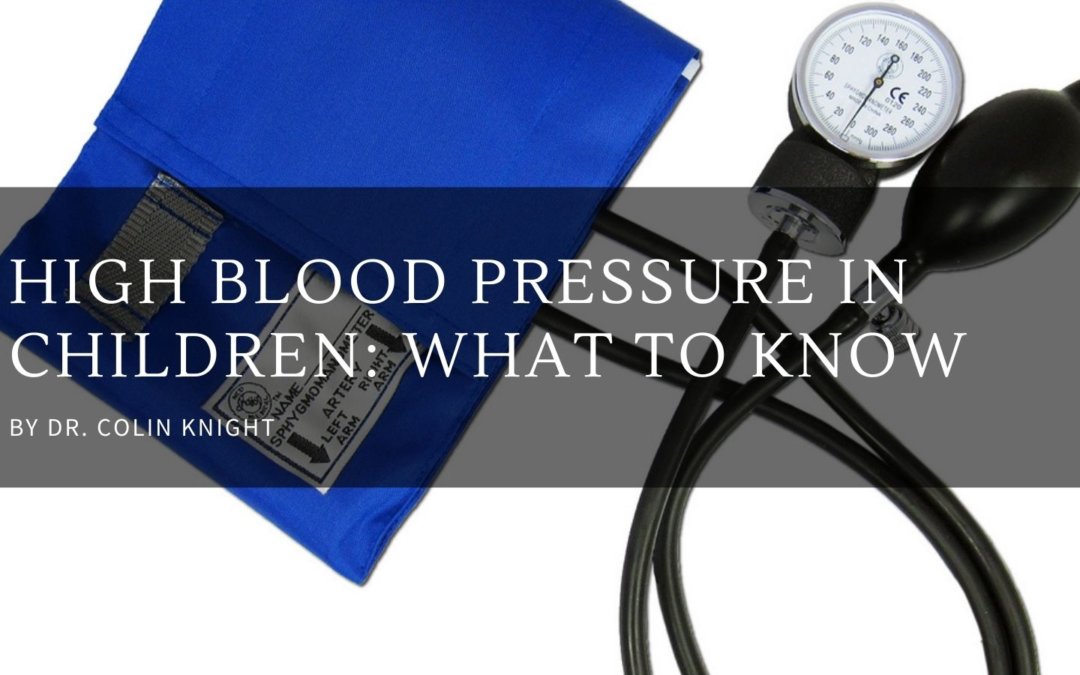Many people think that high blood pressure, or hypertension, is a condition that affects adults only. Nevertheless, according to AAP (the American Academy of Pediatrics), roughly 3.5% of children and teenagers have hypertension. Also, if this condition is left without treatment, it could lead to serious health complications, such as kidney failure, heart disease, vision loss, and stroke, to mention a few. On that premise, the following article presents everything that people should know about high blood pressure in children and ways to keep them healthy.
Checking blood pressure for children
At the age of three, a child’s blood pressure must be checked once every year at their yearly physical visit. Using a hand-inflated arm cuff and a stethoscope, the healthcare provider will check the child’s blood pressure. That being said, if a child’s blood pressure is high or he or she is at risk of high blood pressure, the healthcare provider will check the child’s blood pressure more frequently.
Normal blood pressure for a child
Blood pressure depends on each child’s age, gender, and height, so there isn’t a single blood pressure regarded as “normal” for everyone. For those who are under the age of thirteen, the healthcare provider utilizes a percentile chart to determine whether the child has hypertension or not. For those above the age of thirteen, normal blood pressure ranges are the same as those for adults.
Signs and causes of high blood pressure
Hypertension is generally a silent health condition that the healthcare provider usually diagnoses during an exam. That said, some children with hypertension might experience dizziness, frequent headaches, and vision changes. Concerning the causes of hypertension, they might include diabetes, stress, obesity, acquired heart disease, and kidney disease, to mention a few.
Treatment of hypertension
To treat high blood pressure in children, doctors usually recommend lifestyle changes, such as healthy eating habits and regular exercise. Indeed, children with high blood pressure should include fruits, vegetables, seeds, nuts, low-fat dairy, and beans in their diet and get an hour of physical activity daily.

